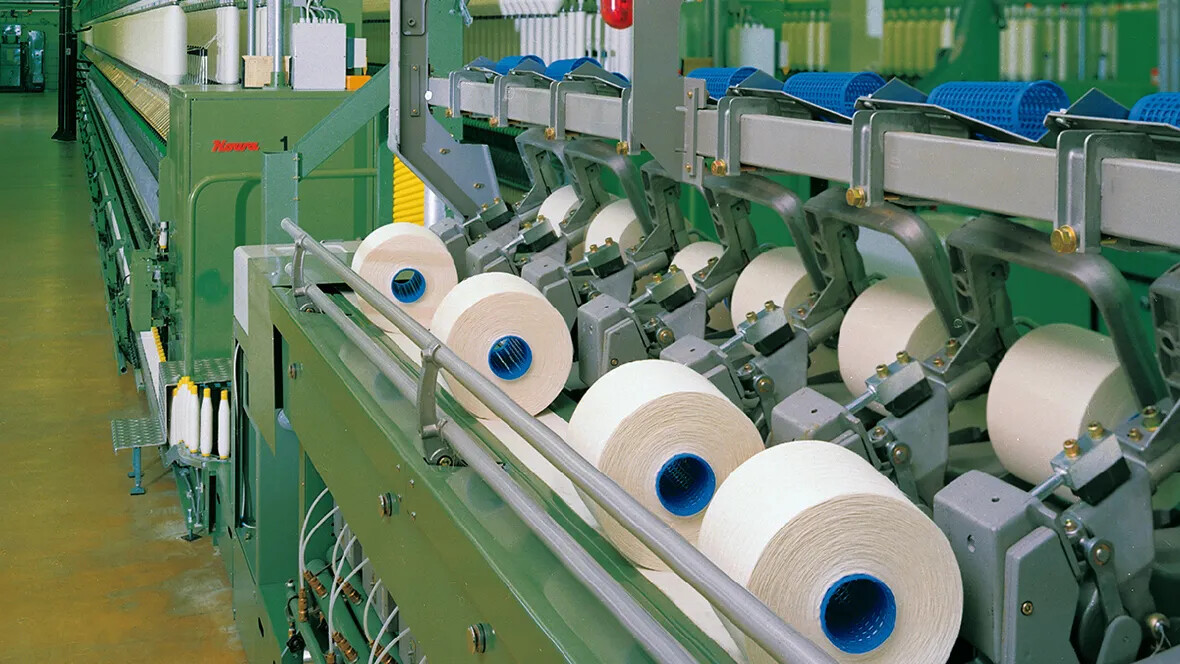11 January 2022, Mumbai:
The MCX, a key commodities exchange, has stated that pressure groups in the cotton value chain are making "irrational" demands for the suspension of futures trade in the commodity on its platform, despite fundamentals supporting high pricing.
A prohibition on cotton futures would be counterproductive since, for the first time in many years, farmers in India are benefiting from strong prices driven by fundamentals. MCX released a statement expressing astonishment at the efforts of certain pressure groups to have the cotton futures contract on the exchange suspended, stating that India is a net exporter of cotton and that prices are increasing in lockstep with world prices. Cotton is also not on the list of essential goods, thus any interruption in supply might have unfavourable economic consequences.
In an effort to keep prices in check, the government banned future trade in seven agricultural commodities, including wheat, moong dal, and soybean, for one year in December 2021.
"Their claims are without substance and are based on no actual data." The goal of such groups is to make accurate pricing inaccessible to farmers by not enabling markets to work, and to profit from the opacity that would ensue from dysfunctional markets."

MCX expressed his thoughts. It said that pressure groups are 'lobbying for its suspension at the expense of farmers, who had reaped the benefits of increased cotton prices following years of drought.
Those who are unhedged are the ones who are exposed to increased price risk. These participants' dwindling profit margins have prompted them to demand suspension, according to the report. The cotton price gain is supported by fundamentals, according to MCX, since market players forecast lower output than the Cotton Association of India (CAI) estimates for the 2021-22 marketing year (October-September).
Cotton output for the current year is expected to be 360.13 lakh bales, with an opening stock of 75 lakh bales weighing 170 kilogrammes apiece as of November 20, 2021, according to CAI.
However, owing to unseasonal rainfall in main producing areas in October and November, market players predict real cotton output for 2021-22 to be 330-335 lakh bales, according to the report.
The unseasonal rains, according to MCX, have exacerbated quality worries, which is pushing up demand for premium cotton. Farmers are also said to be stockpiling high-quality cotton in expectation of higher prices for their crop. The supply is further harmed by reduced opening stock, which declined drastically to 75 lakh bales in 2021-22 compared to 125 lakh bales in 2020-21, owing to increased export demand due to rising worldwide consumption.
The arrival of the current cotton harvest between October and December 2021 was lower by 37%, according to MCX. However, prices began to fall in November 2021, when mandis arrivals improved.
Follow us on Linkedin & Youtube.

_large.jpg)























